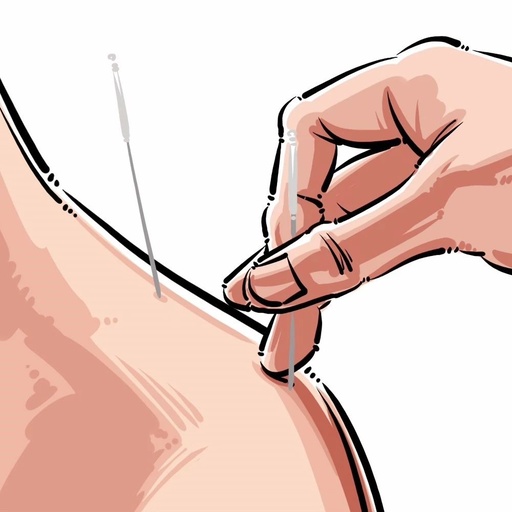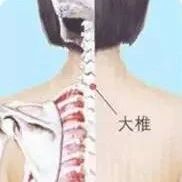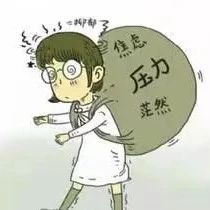Strategies for Nourishing Qi in the Five Organs: Liver, Heart, Spleen, Lung, and Kidney Deficiencies
Having abundant jing (essence), qi (vital energy), and shen (spirit) is a sign of good health. However, qi deficiency can lead to fatigue and weakness, affecting the function of related organs and causing various health issues. The manifestations of qi deficiency in the five organs are distinct, and appropriate adjustments are necessary to replenish their … Read more










